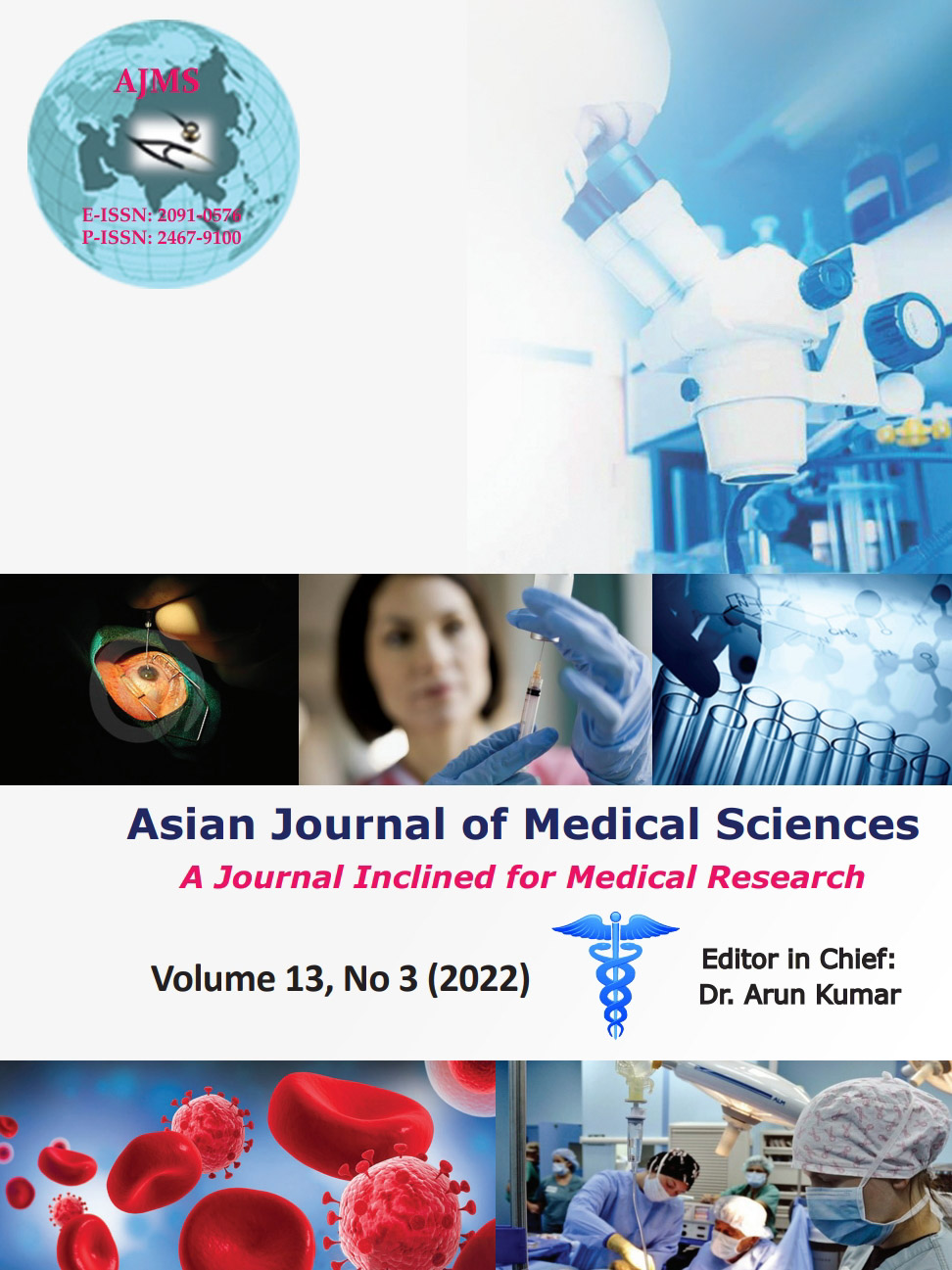Relationship of severity of coronary artery disease with fasting blood sugar and glycosylated hemoglobin
Keywords:
Coronary angiography, Diabetes mellitus, SYNTAX SCOREAbstract
Background: Diabetes mellitus (DM) is one of the major risk factors for coronary artery disease (CAD). Accordingly, in this study, attempt is to be made to assess the association of severity of CAD by angiography with fasting blood sugar (FBS) and hemoglobin A1c (HbA1c).
Aims and Objectives: To evaluate coronary angiographic abnormalities in patients of Diabetes.
Materials and Methods: Six hundred adult patients of both sexes admitted in the department of cardiology, Nil Ratan Sircar Medical College and Hospital, Kolkata with ischemic heart disease from June 2018 to February 2020 underwent FBS and glycosylated Hb besides other routine tests. Coronary angiography done and the severity of CAD was assessed by SYNTAX SCORE was correlated. It is an observational, Cross-sectional hospital-based single center study.
Results: Syntax scores were highest in the body mass index ≥30 kg/m2 group (16.5). Patients with Syntax score ≥33 are found to have much higher values of HbA1c (6.8±1.3) compared to those with Syntax score of ≤22 (6.4±1.8). Fasting blood glucose level in Syntax score ≥33 group has been found to be significantly higher compared to the group of Syntax score ≤22.
Conclusion: Patients having DM and/or metabolic syndrome are found to have more severe form of CAD than those who don’t have either of these.
Downloads
Downloads
Published
How to Cite
Issue
Section
License
Copyright (c) 2022 Asian Journal of Medical Sciences

This work is licensed under a Creative Commons Attribution-NonCommercial 4.0 International License.
Authors who publish with this journal agree to the following terms:
- The journal holds copyright and publishes the work under a Creative Commons CC-BY-NC license that permits use, distribution and reprduction in any medium, provided the original work is properly cited and is not used for commercial purposes. The journal should be recognised as the original publisher of this work.
- Authors are able to enter into separate, additional contractual arrangements for the non-exclusive distribution of the journal's published version of the work (e.g., post it to an institutional repository or publish it in a book), with an acknowledgement of its initial publication in this journal.
- Authors are permitted and encouraged to post their work online (e.g., in institutional repositories or on their website) prior to and during the submission process, as it can lead to productive exchanges, as well as earlier and greater citation of published work (See The Effect of Open Access).




